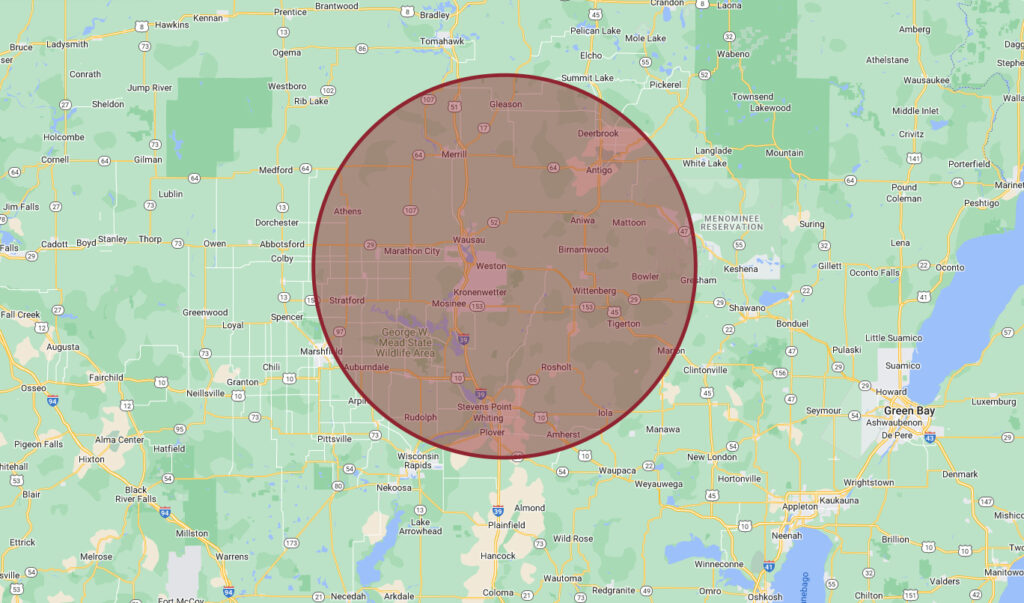Heating systems are a vital component of any home, particularly during the colder months. Among these, furnaces play a crucial role in providing warmth and comfort. If you’re ready for a furnace replacement in Weston, WI, and want to make an informed decision about your new system, learn everything you need to know about its lifespan, types, maintenance needs, and replacement signs. Whether you own a gas furnace or an electric furnace, understanding these factors is essential for efficient operation and cost savings.
The Lifespan of Different Types of Furnaces
Gas Furnaces: Durability and Efficiency
Gas furnaces are popular due to their efficiency and longevity. The average furnace lifespan for a gas model ranges between 15 to 20 years. However, this can vary based on maintenance, usage patterns, and the quality of installation. High-efficiency furnaces, particularly those that are well-maintained, can even surpass this average life expectancy.
Electric Furnaces: A Reliable Alternative
Electric furnaces, while generally having a longer lifespan than gas models, come with their own set of considerations. On average, an electric furnace can last between 20 to 30 years. The lack of combustion-related components often leads to fewer mechanical issues over its life.
Oil Furnaces: Sturdy and Long-Lasting
Oil furnaces are known for their robustness and can have a significant lifespan if properly maintained. Generally, an oil furnace can last between 15 to 25 years. The lifespan of an oil furnace is greatly influenced by regular maintenance, the quality of oil used, and the overall usage patterns. It’s important to note that while oil furnaces are durable, they require more frequent maintenance compared to gas and electric furnaces.
Key Factors Affecting Furnace Lifespan
Regular Maintenance: Prolonging Your Furnace’s Life
Maintenance is a significant factor in determining the lifespan of your furnace. Regular maintenance, including annual inspections by a certified HVAC contractor, can greatly extend furnace life expectancy. This includes checking all the vents, cleaning or replacing dirty filters, inspecting the heat exchanger, and ensuring the thermostat settings are optimal.
Size and Installation: The Foundation of Efficiency
The furnace size and its installation are critical to its efficiency and longevity. A poorly sized or installed furnace can lead to frequent service needs, increased energy bills, and a lower lifespan. It’s crucial to have a certified technician conduct a thorough assessment to ensure the right size and proper installation.
Usage Patterns and Thermostat Settings
How often and how you use your furnace can also affect its lifespan. Overworking the furnace with high thermostat settings or constant usage can lead to shorter cycles and increased wear. Balancing the usage and optimizing thermostat settings can contribute to a longer furnace life.
Signs It’s Time to Replace Your Furnace
- Age and Frequent Repairs: An aging furnace, particularly one that requires frequent repairs, is a clear indicator that it might be time to replace your furnace. If your furnace is older than its average lifespan or if the cost of repairs is high, considering a new model is advisable.
- Energy Bills and Efficiency: Increased energy bills can be a sign of a furnace losing its efficiency. An older furnace or one that hasn’t been maintained well may consume more energy to provide the same level of heat, leading to high energy bills.
- Temperature Fluctuations and Yellow Flames: Noticeable temperature fluctuations and the presence of yellow flames (in gas furnaces) are warning signs. These indicate potential issues with the heat exchanger or fuel lines, which can be dangerous and reduce efficiency.
Extending Your Furnace’s Lifespan
Routine Maintenance: The Key to Longevity
Engaging in routine maintenance is the most effective way to extend your furnace’s life. This includes checking and replacing air filters, ensuring vents are not blocked, and having regular professional inspections.
Thermostat Management
Effective thermostat management can reduce the strain on your furnace. Using programmable thermostats to lower the temperature when you’re not home can prevent unnecessary furnace work.
Addressing Small Issues Promptly
Addressing small issues like clogged filters, strange noises, or minor temperature fluctuations can prevent larger, more costly problems down the line.
Making the Right Decision with PGA Inc.
How long does a furnace last? The answer can depend, but what’s important is learning to recognize the signs when it’s time for a new furnace. This will help you save money and ensure your home remains comfortable. If you’re considering heating services in Weston, WI, whether it’s routine maintenance, repair, or installation of a new heating system, PGA Inc. offers expert advice and professional services.
Don’t wait for your old furnace to fail; take proactive steps to ensure your home’s warmth and safety. Contact PGA Inc. today for a consultation and explore your options for a new furnace.





